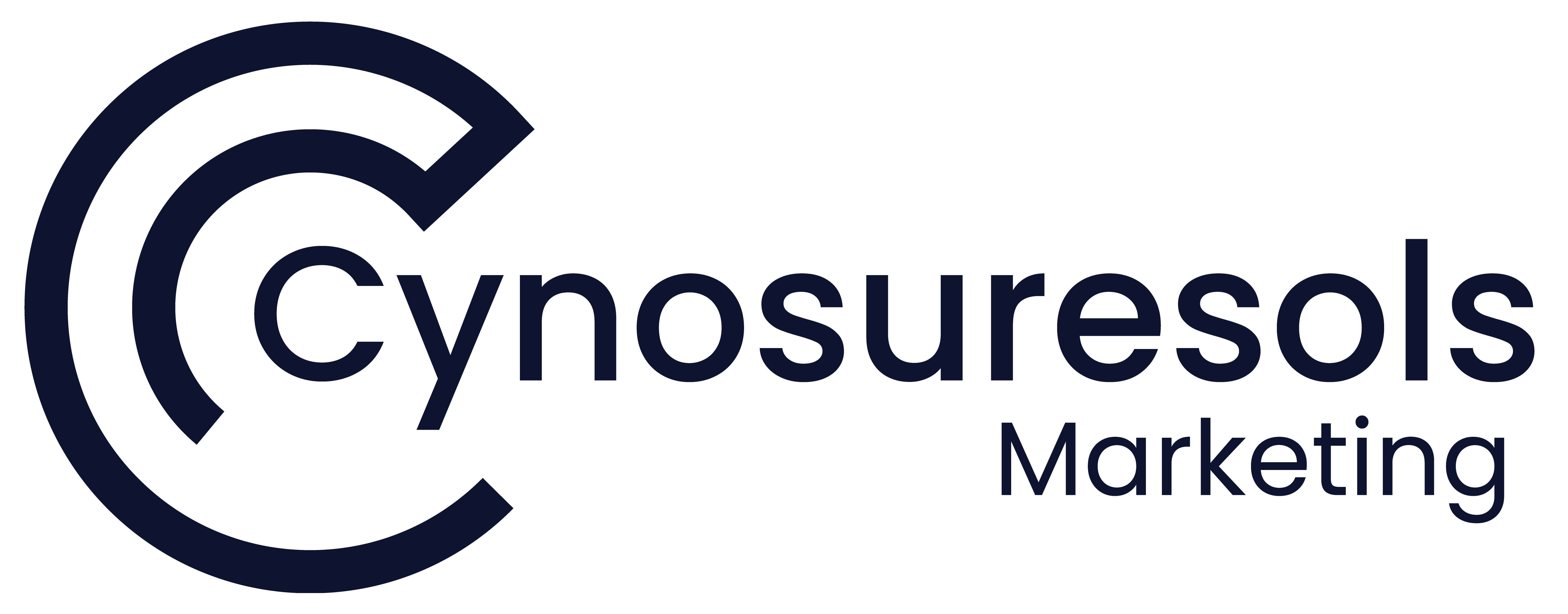Introduction
The importance of rankings on SERPs in the contemporary world helps in boosting organic traffic, which determines the success of online businesses. There are ever-changing trends in the SEO industry through which business organizations continue to achieve new strategies in competing with their rivals. In this blog post, we shall take a look at some of the best approaches to capture the SERPs and keep you there.

1. Optimize for User Intent
In fact, today’s SEO primarily focuses on the need to understand and meet the client’s requirements or, in other words, look at the client’s intent. User intent refers to the reason behind a user’s search query, and it typically falls into three categories: User intent refers to the reason behind a user’s search query, and it typically falls into three categories:
Informational: It only means that the user wants information about something in particular.
Navigational: The user is in a situation where they need to be directed to a certain website or page.
Transactional: The consumer is willing to make a purchase decision or carry out a particular action.
Therefore, the following guidelines should be followed to ensure optimal targeting of users: In this respect, it is also critical to match the kind of searches that your target audiences engage to the kind of content that you create. Keyword research and analysis of SERPs would provide you with the correct picture of what type of content you need to put up for your keywords.
2. Create High-Quality, Engaging Content
The search engines favor content when it comes to SEO hence the phrase content is king still holds water in contemporary society. Thus, internet search engines are more inclined to rank better, quality, and relevant content created for the benefit of users. Here are some tips for creating content that dominates the SERPs: Here are some tips for creating content that dominates the SERPs:
Comprehensive Coverage: Support what you present with informative information relating to the topic in question so they can read your content and consider it useful to them. Engaging Format: As such, one can use a combination of text, images, videos, and infographics to enhance the readers’ understanding of the provided information.
Regular Updates: Update the content as often as possible so that it stays relevant and provides a true value.
3. On-page SEO services
On-page SEO focuses on optimizing a particular page to help it improve its rank or position. Key elements of on-page SEO include: Key aspects of on-page SEO include:
Title Tags and Meta Descriptions: Ensure you create meaningful title tags and meta descriptions with relevant keywords and a click-through appeal.
Header Tags (H1, H2, H3): To make navigation easier and to put stress on certain parts of the text, use header tags. Your primary keyword should be used in one of the tags of the heading system created in the code source.
keyword research services: Owing to its nature try to use your target keywords naturally within your content: within the title, throughout the article in its beginning, middle, and end.
Internal Linking: Internal linking from one page to another page will enhance site usability and effectively distribute the flow of page authority.

4. Technical SEO services
Technical SEO refers to the advancement of the technical factors related to your site, which aims to increase the rank of your site and improve its functionality and usefulness to users. Key technical SEO elements include: Key technical SEO elements include:
page speed optimization service: Your website should load fast; set proper image optimization, use browser caching, and try to set up your content delivery network (CDN).
Mobile-Friendliness: Make sure your website is also optimized for mobile by the use of a responsive design and has the ability to operate on the most used communication device, the mobile phone.
XML Sitemap: Submit an XML sitemap to the various search engines to enable them to crawl your site and index it properly at a very fast pace.
Robots. txt: Use the robots. txt file, with specific information determining which Web site pages are to be indexed by the search engines.

5. Backlink Building
The backlinks still held a high importance or relevance in determining the success of the SEO. Additionally, many backlinks from genuine websites inform the searcher that the content material of your website is credible and appropriate. Strategies for building backlinks include: Strategies for building backlinks include:
Guest Blogging: Guest blog for other established websites in your industry to get backlinks and visibility.
Content Promotion: This method requires navigating the socials and forums, as well as communities, to attract more natural backlinks for your content.
Broken Link Building: To conduct this method, one has to find broken links on other websites and provide an option that will replace the dead link with your content, with the potential of gaining a backlink.
6. Leveraging User Experience (UX)
6. User Experience (UX) is a critical component of modern technologies that have been widely adopted by organizations and businesses to improve customer satisfaction and engagement through the design of interfaces and customizations of a product or service.
Most search engine algorithms prefer those websites for which people have good things to say. Factors that contribute to good UX include: Factors that contribute to good UX include:
Easy Navigation: Make sure your website is intuitive with easy-to-understand menus and layouts of the different pages on the website.
Readable Content: The content should also not be too crowded and it should not be difficult to read from the screen and must be in legible fonts, proper size text, and sufficient white space.
Engagement Metrics: Measure factors such as total bounce rate, average time on page/site, and several page visits by a user to make certain that your content is being used actively.
7. Utilize Schema Markup
Schema markup is another element of microdata that plays the role of the context of your content for search engines. Schema markup implementation is a form of improving the appearance of the SERP listings with the help of rich snippets, and, therefore, the rates of traffic receptions. Examples of schema markup include: Examples of schema markup include:
Product Information: It is also possible to show the price, rating, and availability of certain products as elements of SERP listing.
Event Details: Make sure to indicate dates for the events, venues, and ticketing details.
Recipe Information: Provide cooking time, list what is to be used in preparing the food, and the nutritional value of the food to be prepared.
Conclusion
in other words, it is possible to dominate the SERPs only when one combines technical tricks, quality content, and the correct SEO approach. This is based on the fact that users have a specific intention when visiting a given site and the content created will closely satisfy their need, on-page and off-page SEO techniques that will enhance searches on sites, and on how to rank well in organic search. Keep yourselves updated with the trends in SEO and try to edit all your projects to stand out against other competitors in the world of SEO.
Effectively market your business on social media with Cynosurecols.
Please contact us if you have any questions or need further information about our Professional SEO services. We are here to help you grow your business and achieve your marketing goals.




